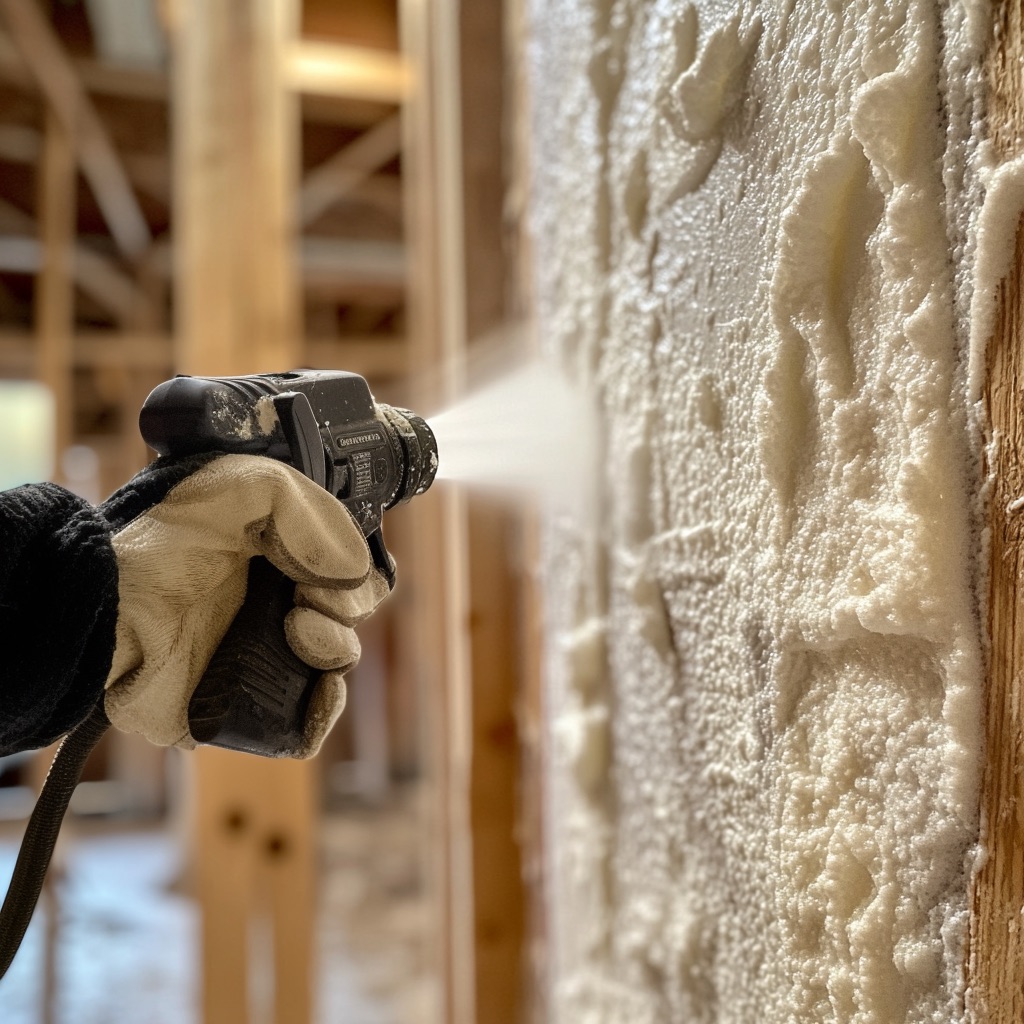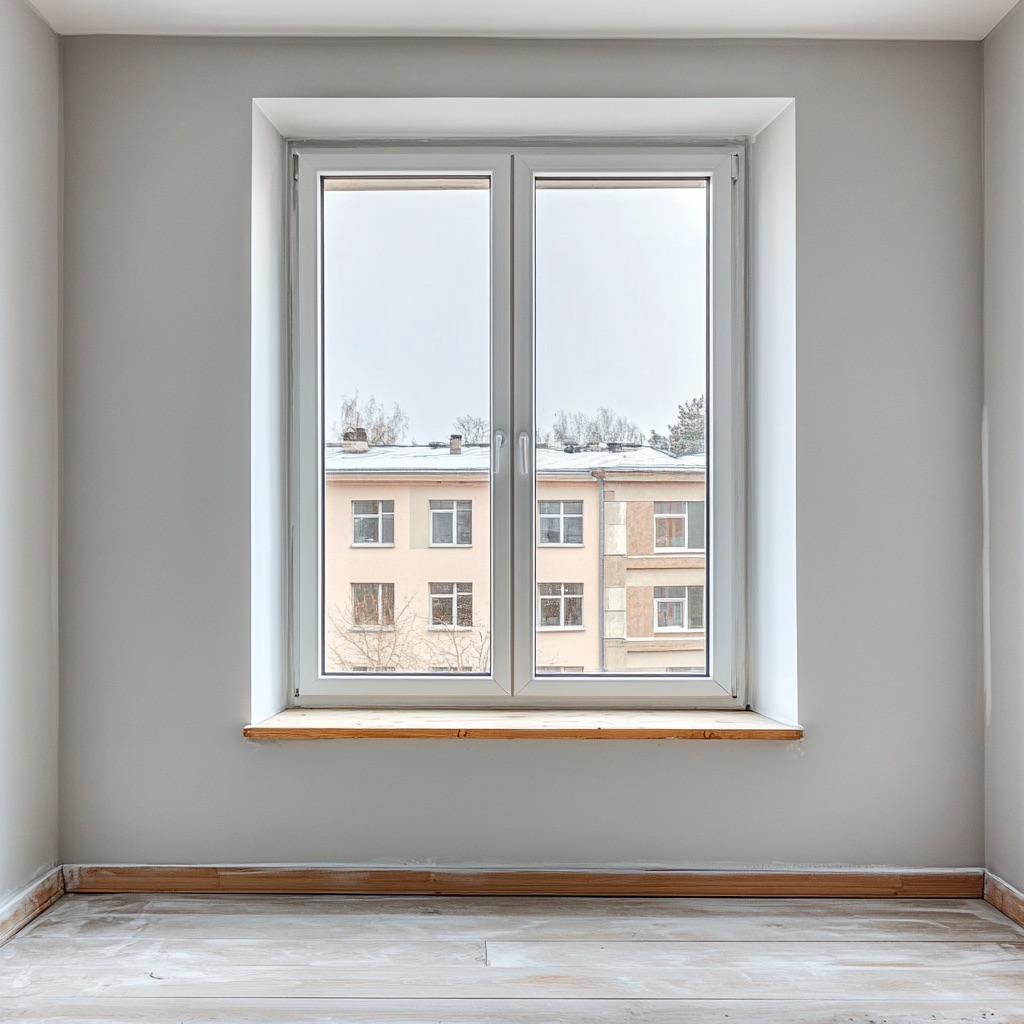When it comes to keeping our homes comfortable and energy-efficient, choosing the right insulation plays a big role. One popular choice people turn to is foam insulation, a product that helps to keep homes warm in the winter and cool in the summer. It’s a fantastic solution if you want to save on energy costs and reduce your environmental footprint.
Let’s explore why foam insulation might be the perfect choice for your home.
What is Foam Insulation?

Foam insulation is a type of insulation that is made from a lightweight, flexible material. It can be applied to various areas of your home, such as walls, ceilings, and more.
It is known for its ability to create a tight seal that prevents air from leaking in or out of the house. Many homeowners are starting to learn about how effective foam insulation can be when compared to traditional insulation materials like fiberglass.
Benefits of Foam Insulation
Foam insulation offers several benefits that make it a popular choice among homeowners. This includes:
Energy Efficiency
Foam insulation provides an excellent R-value, which measures how well insulation can resist heat flow. The higher the R-value, the better the insulation performs. This means less energy is used for heating or cooling your home, resulting in lower energy bills.
Moisture Barrier
Another key advantage is its ability to act as a moisture barrier. Foam insulation helps to keep moisture out, preventing mold and mildew from forming in your walls.
Noise Reduction
Foam insulation also works as a sound barrier, reducing outside noise and creating a quieter living environment.
Durability
Unlike traditional insulation, foam insulation is less likely to sag or settle. It will maintain its performance for many years.
Finding the Right Insulation Solutions
When choosing wall foam insulation for your home, explore all options. Different types of foam insulation can be used depending on your specific needs and the areas you want to insulate.
Some local insulation installers offer both open-cell and closed-cell foam insulation. Open-cell foam is often used for interior walls and ceilings. Closed-cell foam is better for basements and areas needing moisture resistance.
Hire Local Insulation Installers
While foam insulation can be a DIY project, hiring local insulation installers can help ensure that the job is done correctly.
Local insulation installers have the experience and knowledge to properly assess your home’s needs. They can identify areas that require insulation and suggest the best type for your situation.
Professionals have access to specialized equipment for more precise application. Contractors who specialize in insulation services can help you save time. They can complete the project faster and better than inexperienced homeowners.
Understanding Insulator Foam
Insulator foam comes in various forms, including spray foam, rigid foam boards, and more. When considering insulator foam, it’s useful to grasp the basics of spray foam.
Spray foam expands upon application, filling gaps and creating an airtight seal. This process can make a significant difference in how well your home retains heat or cool air.
Make Your Home Efficient with Foam Insulation
Foam insulation is an excellent choice for homeowners looking to enhance energy efficiency and comfort. Given its many benefits, including energy savings and moisture resistance, it’s easy to see why foam insulation is increasingly popular.
If you’re interested in upgrading your home, consider reaching out to local insulation installers’. Investing in insulation is investing in a brighter, more efficient future for your home.
Did you find this helpful? Don’t forget to visit our website and read more.
Recap




